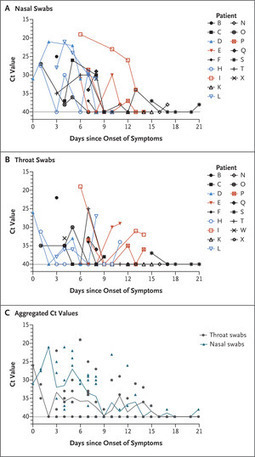A new AI-powered diagnosis system promises to detect new coronavirus cases with an accuracy rate of up to 96% via computerized tomographyscans, Chinese tech outlet Sina Tech News reported.
The diagnosis algorithm was developed by Alibaba's research institute Damo Academy. Researchers at the academy said they had trained the AI model with sample data from more than 5,000 confirmed cases, adding that the system could identify differences in CT scans between patients infected with the novel virus and those with ordinary viral pneumonia with an accuracy of up to 96%. The algorithm included the latest treatment guidelines and recently published research, said its creators. The new diagnostic tool was first introduced in the new Qiboshan Hospital in Zhengzhou, Henan province, which was modeled on Beijing's Xiaotangshan Hospital, completed in 2003 to deal with the SARS crisis. The new hospital started accepting patients infected with coronavirus on Sunday.
The system would also be adopted in more than 100 hospitals in the provinces of Hubei, Guangdong and Anhui, said Alibaba. The new algorithm could alleviate pressure on hospitals, as it can complete the recognition process within 20 seconds, according to Alibaba. Usually, it will take a doctor between five and 15 minutes to analyze a CT scan of one suspected patient and give a clinical diagnosis, with scans sometimes including more than 300 images.
The Chinese National Health Commission on Feb. 5 widened the criteria for the diagnosis of new infections, adding CT scan results on top of the previous nucleic acid test method, to ensure patients with clinical symptoms will receive standard treatment as soon as possible. This new diagnosis system is not Alibaba's first attempt to use AI to combat coronavirus. Researchers from Damo Academy have developed an AI-powered public health service tool that provides information related to the SARS-CoV-2 coronavirus, which was first deployed by the government of Zhejiang province on Jan. 27. The system can answer most inquiries regarding the pandemic via an app.



 Your new post is loading...
Your new post is loading...








